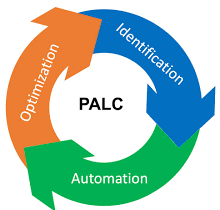Upgrade & Secure Your Future with DevOps, SRE, DevSecOps, MLOps!
We spend hours on Instagram and YouTube and waste money on coffee and fast food, but won’t spend 30 minutes a day learning skills to boost our careers.
Master in DevOps, SRE, DevSecOps & MLOps!
Learn from Guru Rajesh Kumar and double your salary in just one year.
Source:-devops.com
Imagine if you backed out of your driveway, tapped the gas and BAM! You are at work. Nothing to worry about along the way, no traffic congestion, no other cars to worry about, etc.
